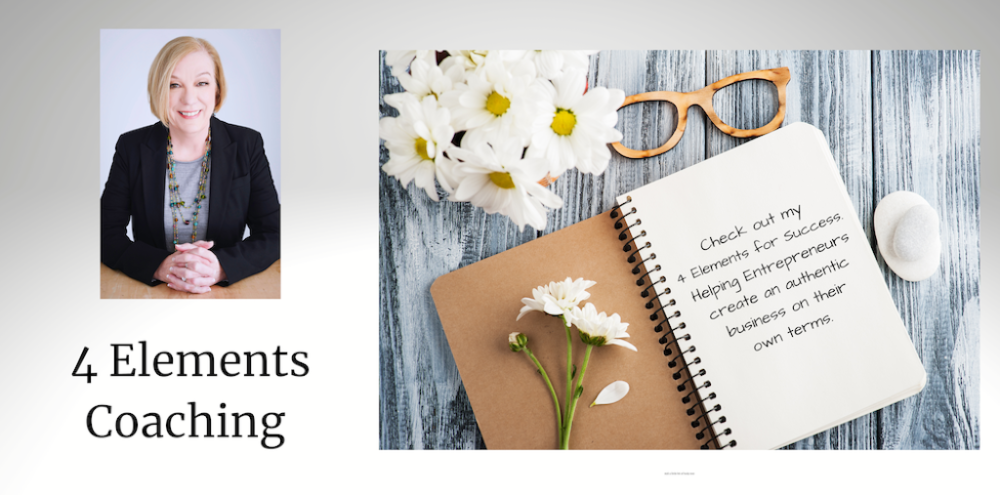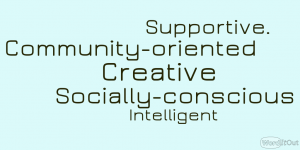Title: Five good Minutes At Work
Authors: Jeffrey Brantley, MD & Wendy Millstine
ISBN: 978-1-60671-240-5 (Note – this cover image is from a different version than the one I am providing detail for here.)
Published 2007 MJF Books in arrangement with New Harbinger Publications, Inc.
(previous edition published in paperback.)
Rating:
As promised, I am providing a review of this book. The authors have several Five Good Minutes books for you to check out if you’re interested.
I first became aware of their work when I received Five Good Minutes in the Morning as a gift one Christmas. Several years ago, I left a rather difficult team meeting, browsed in Barnes and Noble’s bargain section and found the work version. I definitely needed it.
The writers bill the book as “100 mindful practices to help you relieve stress and bring your best to work.” There’s a Foundation chapter, followed by the Practices, which helps to introduce you to the benefits of mindfulness, breathing, listening and being present. The rest of the short practices are divided into these sections:
- Doing Your Work More Effectively
- Reducing Stress at Work
- Working More Intelligently and Compassionately With Others
- Travel, Deadlines, Frustrations and Other Opportunities
As a coach, I really see the value in these practices and can say, first-hand, that I benefitted greatly from them as I struggled to stay engaged with a dysfunctional team for several months before leaving that position. Yes, there are a lot of practices that deal with working with others. But that isn’t the main focus here. Many of them help you deal with crisis, overwhelm, setting yourself up for a productive day and more.
The authors stress setting a daily intention, which, in my experience, is absolutely a habit that will bring you into more of an awareness of your purpose for the day and feeling as though you achieved it. There is a time during each piece for breath and affirmations like “Whoops! I’m human. I’m fallible. I make mistakes just like everyone else. I accept this inevitability.” You know I believe in positive affirmations, and I think getting in touch with this reality is a very positive thing. We set ourselves up for failure when we set ourselves up for perfection. A potential downside is that some of the affirmations or meditations can seem a bit repetitive. For some folks, this may be helpful as this makes it easy to practice and remember what to say each day. For others, it may be more redundant than you’d like.
I have a lot of daily meditation type books that I love. But sometimes, reading one every day is overwhelming too. This book isn’t 365 days worth of practices – just whenever I decide to pick it up will do. Personally, I generally pick it up when I’m NOT having five good minutes. But maybe that’s when I need it the most.







